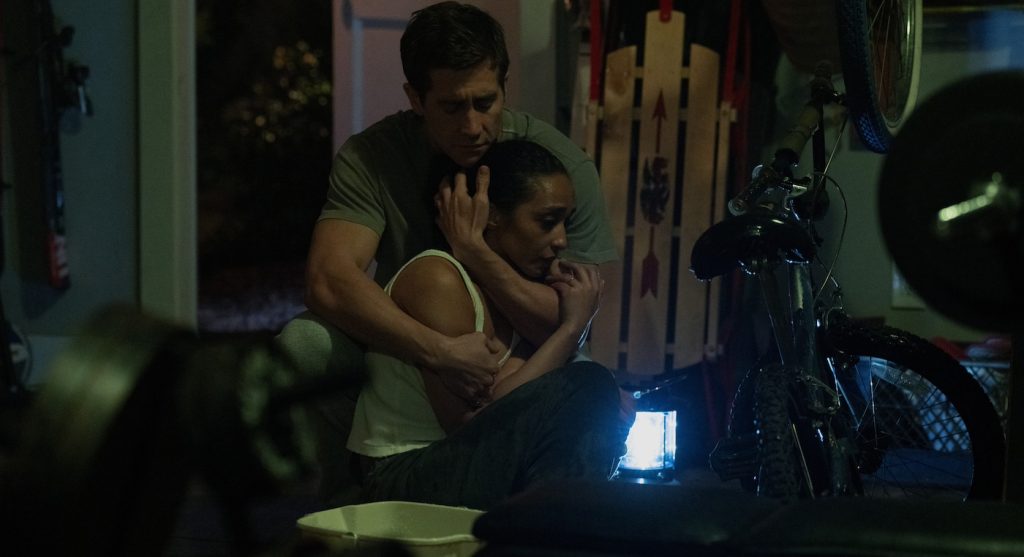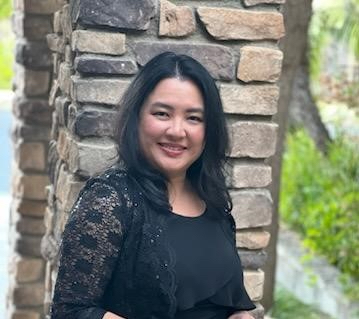How “Presumed Innocent” Production Designer John Paino & Set Decorator Amy Wells Brought Chicago to Los Angeles
Shot mostly in Pasadena and around Los Angeles, Presumed Innocent, showrunner David E. Kelley’s twisty and riveting courtroom psychological thriller, was able to do so largely thanks to the $12 million in California tax incentives allocated to the prestige drama from Apple TV+. “The crew we have here is the best I’ve worked with all over the world. They’re an incredible bunch of people; you’re only as good as the people you surround yourself with,” production designer John Paino says, referring to the 29 cast and 176 crew members who got to work in their own backyard during the 92-day shoot. Set decorator Amy Wells concurs, adding that everyone in her 30-plus team of decorators and set dressers was based in California.
Filmed at the Warner Bros studio lot, the well-crafted character study stars Jake Gyllenhaal—recently nominated for an Emmy for his work—as Rusty Sabich, a savvy Chicago prosecutor accused of savagely murdering his colleague and lover, Carolyn Polhemus (Renate Reinsve from The Worst Person in the World). As a steady stream of frenzied flashbacks unravels true motivations, secrets, and half-truths, almost everyone’s story begins to waver while the homicide trial proceeds. In an instant, his idyllic life with his wife, Barbara (Ruth Negga, also nominated), and their two teenage children is shattered. Not only that, the new prosecutor taking over the case is scheming rival Tommy Molto (Peter Sarsgaard, nominated as well), who will stop at nothing to pin the murder on him.
In their sixth collaboration, following projects like Big Little Lies and the upcoming series Lanterns, Paino and Wells have developed a shorthand that makes the process much more efficient. “I never have to worry about details with Amy—she’s very detail-oriented and has a great crew. Everything is in place like magic. That’s the shorthand,” Paino shares.
What was it like to work on your fifth collaboration with Presumed Innocent?
Amy Wells: We know each other very well. So, when I bring him something, I usually know what he’ll like and what he won’t. You’re trying to make choices for the show that fit the characters and our aesthetic. We might like something, but it may not be what the Sabich family would have in their house. We want to make them feel as real as possible.
John Paino: Often, the scripts aren’t very descriptive [about décor], so we fill in the blanks with the director and showrunner. Since we’ve worked together so much, we can reach that point more quickly.
This series was shot entirely around Los Angeles, especially in Pasadena. Was it difficult to double for Chicago?
Paino: It was hard to find locations that felt like suburban Chicago. We used suburbs like Winnetka, which are very leafy and have larger yards. We built interiors for the homes, not only for camera positions, but some of the homes here are so well-renovated that they’re not suitable for filming. The Sabich family is upper-middle-class but not nouveau riche.
Wells: We were the last show to shoot on the old Warner Bros backlot and soundstages, which have since been torn down. They’re putting up new stages and office buildings. But we loved it; it was like our own private back lot.
What were some of the Los Angeles neighborhoods where you filmed?
Wells: We shot a lot in Pasadena and Hancock Park. Rusty’s house was on Arroyo [in Pasadena].
Paino: For Carolyn’s house, it was really hard to find a brick house. In Chicago, the architecture features a lot of red brick, which is relatively rare in Los Angeles.
Were most of your crew and vendors local, and how big was your team?
Wells: My crew was all local. The base crew was 10 people, including a woman, who has been my lead person for nine years, the assistant decorator has worked with me for 17 years, six permanent crew, a coordinator, and a PA, plus two on-set dressers. Depending on the day, I could have another 10-20 set dressers working on different sets around town.
Paino: My team of art directors included the incredible supervising art director, Sarah Pott, who had one or two art directors and two assistant art directors. It fluctuates depending on how much we’re doing. We also had a graphic designer.
Wells: Props works closely with us, too. If there are key props that need to be designed, the prop master goes through John and then coordinates with me.

Much of the story unfolds in the courtroom. What were some of the tricks to liven up the courtroom in an otherwise drab environment during very dialogue-intensive sequences?
Paino: I’m really proud of the courtroom set, I think it’s one of the most realistic sets that Amy and I have done. We spent a lot of time aging things so it looked like it was rebuilt in the ’60s or ’70s— it has a lived-in, beaten-up feel to it. We based it on an amalgamation of big federal courtrooms in Chicago, and then we added a few things. Amy found these gold metallic Venetian blinds that looked fabulous.
Wells: It was an evolving set; it would change from scene to scene as far as the detritus, the mess, and the piles of papers everywhere. It needed to be tended to constantly. It was a good courtroom. I’m sorry to see it go.
Paino: You would think with all the courtroom procedural shows, there’d be a courtroom that we can shoot in. However, there aren’t any because every show builds a courtroom and then disposes of it. This one was such a nice set, I expected them to hold onto it, especially since it was expensive. That courtroom really was a character in the show.
To reflect different times of day and give the courtroom sequences various looks, the cinematographers mentioned a rig that you built into the ceiling, allowing them to adjust the lighting as needed. How did that work?
Paino: We made sure the lights were built into the ceiling, and they were big enough so you could see a change in the lighting. There were big, soft diffusers above our set, and with the way the ceiling was built, they could control the light. We had some big windows too. If we only had a few small lights, you wouldn’t be able to get the effect.
Check out part two of our conversation, where Paino and Wells discuss how they dressed Rusty’s house and the gruesome crime scene and what inspired the retro vibe of the show.
Presumed Innocent is streaming now on Apple TV+.
Featured image: Episode 2. Jake Gyllenhaal and Bill Camp in “Presumed Innocent,” premiering June 12, 2024 on Apple TV+.



